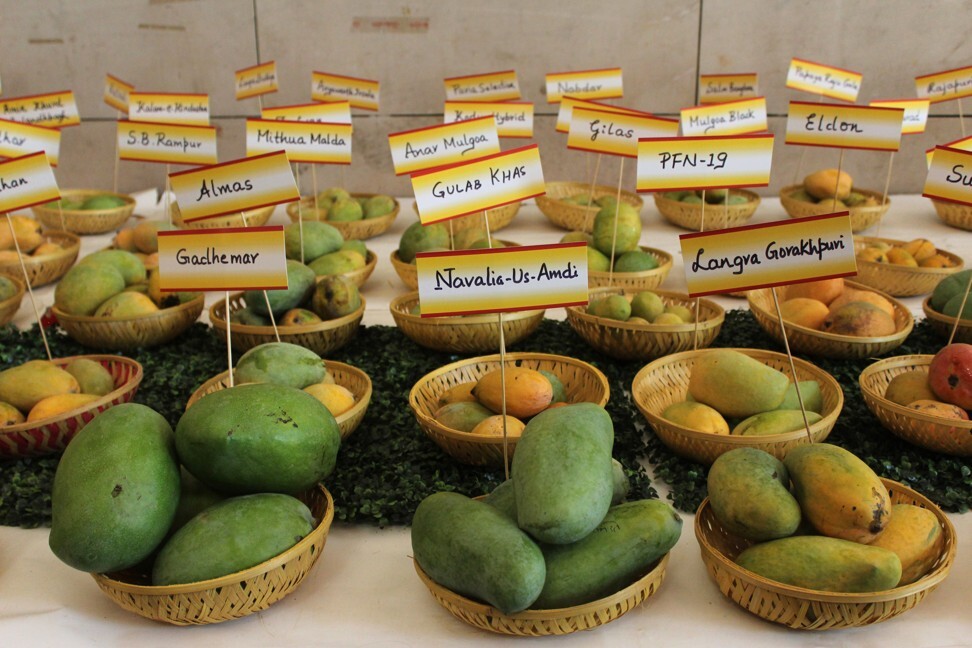
Why mangoes are the ‘king of fruits’ in India and form an intrinsic part of country’s culture
- Found in India’s religion, art, poetry and literature, mangoes were introduced by the Portuguese – who came to India in the 15th century – to others
- India is the largest producer of the fruit, growing more than 40 per cent of the world’s mangoes, with at least 1,000 varieties
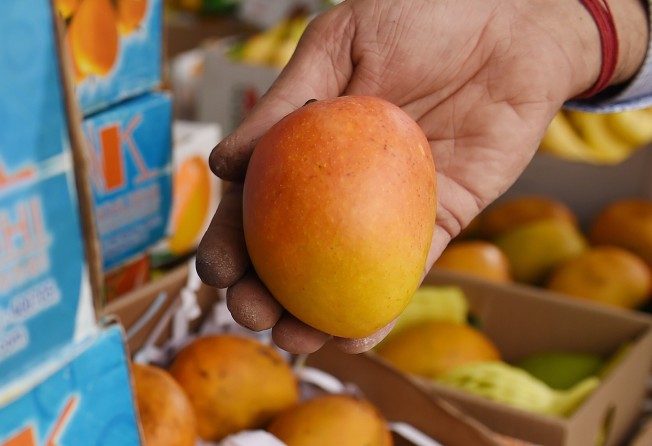
Emperors have lusted after it. Poets have penned couplets extolling its virtues. A nation of a billion people eagerly awaits its seasonal arrival. Exotic and colourful, with hues that vary from golden to saffron to tender green, it’s the regal and luscious mango.
The national fruit of India, the mango – or aam in Hindi – is loved across the country by rich and poor alike. The start of summer heralds the much-awaited harvest season, from April to July, with the fruit bringing relief of sorts from months of blistering heat.
“Mangoes remind me of lazy summer holidays at home,” says 43-year-old IT consultant Asha Bhavnani, a Hong Kong resident who grew up in India.
“My favourite childhood memories are plucking mangoes dangling enticingly from the branches of mango trees, cutting them and eating them raw with salt and pepper.”

Rashmi Singhal, a 47-year-old artist who grew up in the city of Bhilai in India and now lives in Hong Kong, remembers picnics in her grandfather’s orchard.
“Mangoes would be plucked and put in buckets of cold water and eaten by hand,” she says. “We would make a small incision at the top of the mango, squeeze the fruit gently with our hands and suck at the deliciously cold, sweet juice. We would then pull the skin away from the flesh with our teeth and feast on the pulp until only the stone, the guthli, was left, which we sucked dry. The juice would trickle down from our chins to our wrists and was licked off in delight.”
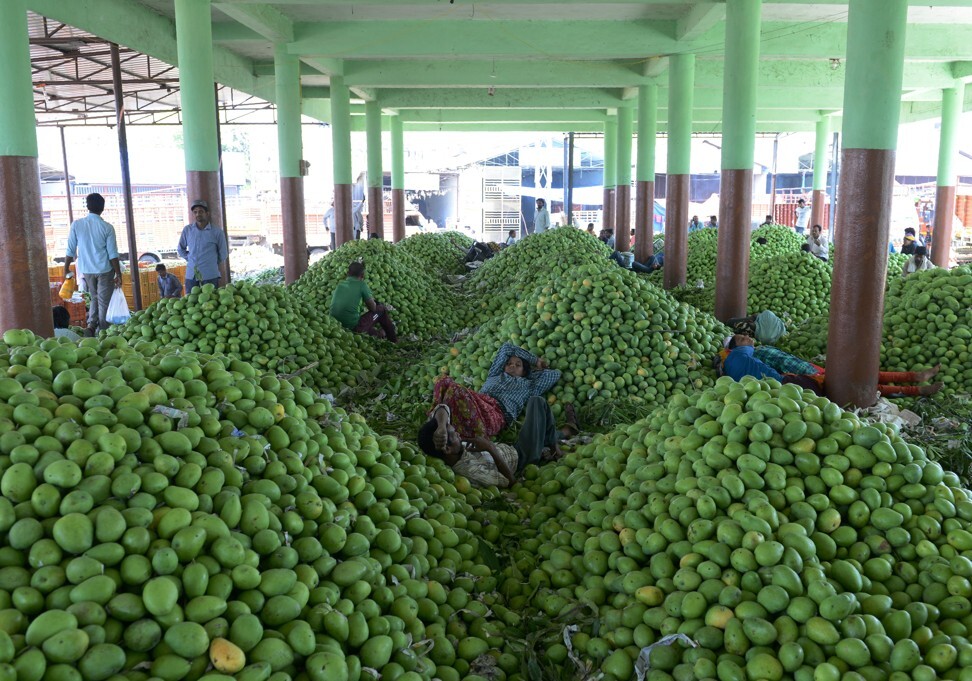
The mango is more than a fruit in India. It is an intrinsic part of the country’s culture, found in religion, art, poetry and literature.
Mango leaves are seen as a symbol of good luck and are strung up over the front doors of homes, especially during weddings and celebrations. Ganesha, the elephant god, is often shown holding a ripe mango in one hand, symbolising prosperity. The curvaceous shape of mangoes has become an iconic Indian motif, widely used in textiles in a stylised paisley form.
“India is the largest producer of the fruit [20 million tonnes produced annually], growing more than 40 per cent of the world’s mangoes, with at least 1,000 varieties of the fruit,” says Dr Manish Srivastav, principal scientist at the Indian Agricultural Research Institute in Delhi.
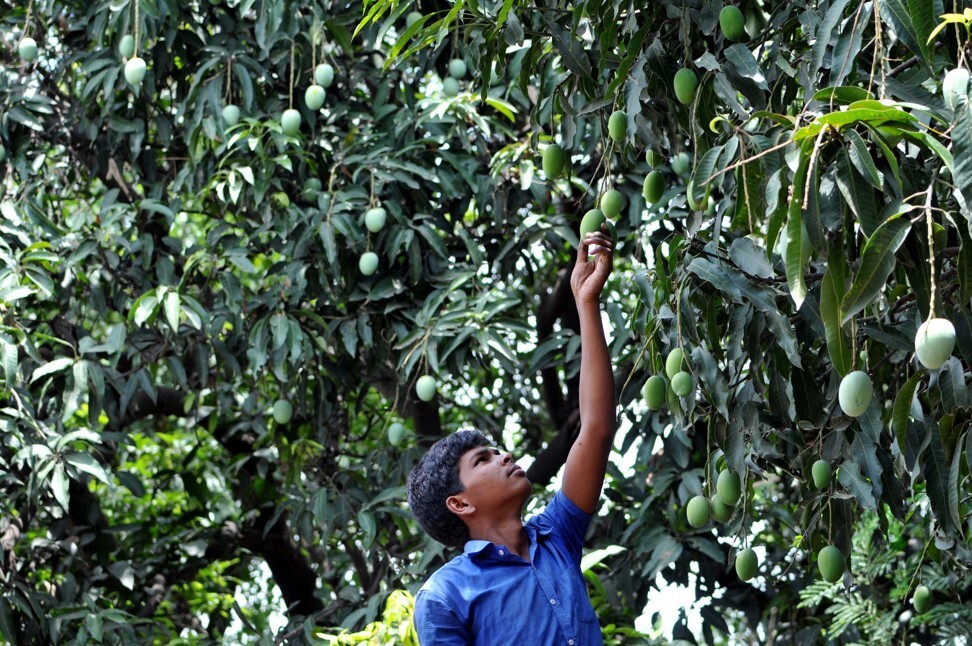
Dr Indu Mehta, a professor of history at the University of Kumaun in Nainital, Uttarakhand state, has written that the fruit has ancient origins.
“Scientific fossil evidence indicates that [the] mango made its first appearance 25 to 30 million years ago in the northeast part of India, as indicated by its botanical name, Mangifera indica [meaning an Indian plant bearing mangoes], and took its current form around 4,000 years ago when it began to be cultivated,” she writes in her research paper, “History of Mangoes – King of Fruits”.
Portuguese traders are credited for introducing the mango to the rest of the world. Fascinated by the fruit when they arrived in India in the 15th century, they referred to it as manga, derived from the Tamil word maam-kay and the Malayalam word mangga, which then became mango.

The Portuguese established an international mango trade and grafted specimens of trees, which led to the creation of the noted Alphonso variety of the fruit, named after Alfonso de Albuquerque (1453-1515), the famous Portuguese general.
Vilas Raghunath Dhoble, 73, was a leading retailer and exporter of Alphonso mangoes.
“The Alphonso is prized for its taste, fragrance and vibrant saffron colour, and is called the ‘King of Mangoes’. It has a rich, creamy texture and a delicate, non-fibrous, juicy pulp that’s smooth and buttery,” says Mumbai-based Dhoble.
“My grandfather started our business, Dhoble and Company, in Crawford Market, Mumbai in 1895, and our company was selected to supply the Alphonsos that were served at the coronation of King George VI in 1937. My grandfather was invited to London to attend the coronation and was the official fruit selector for the event.”
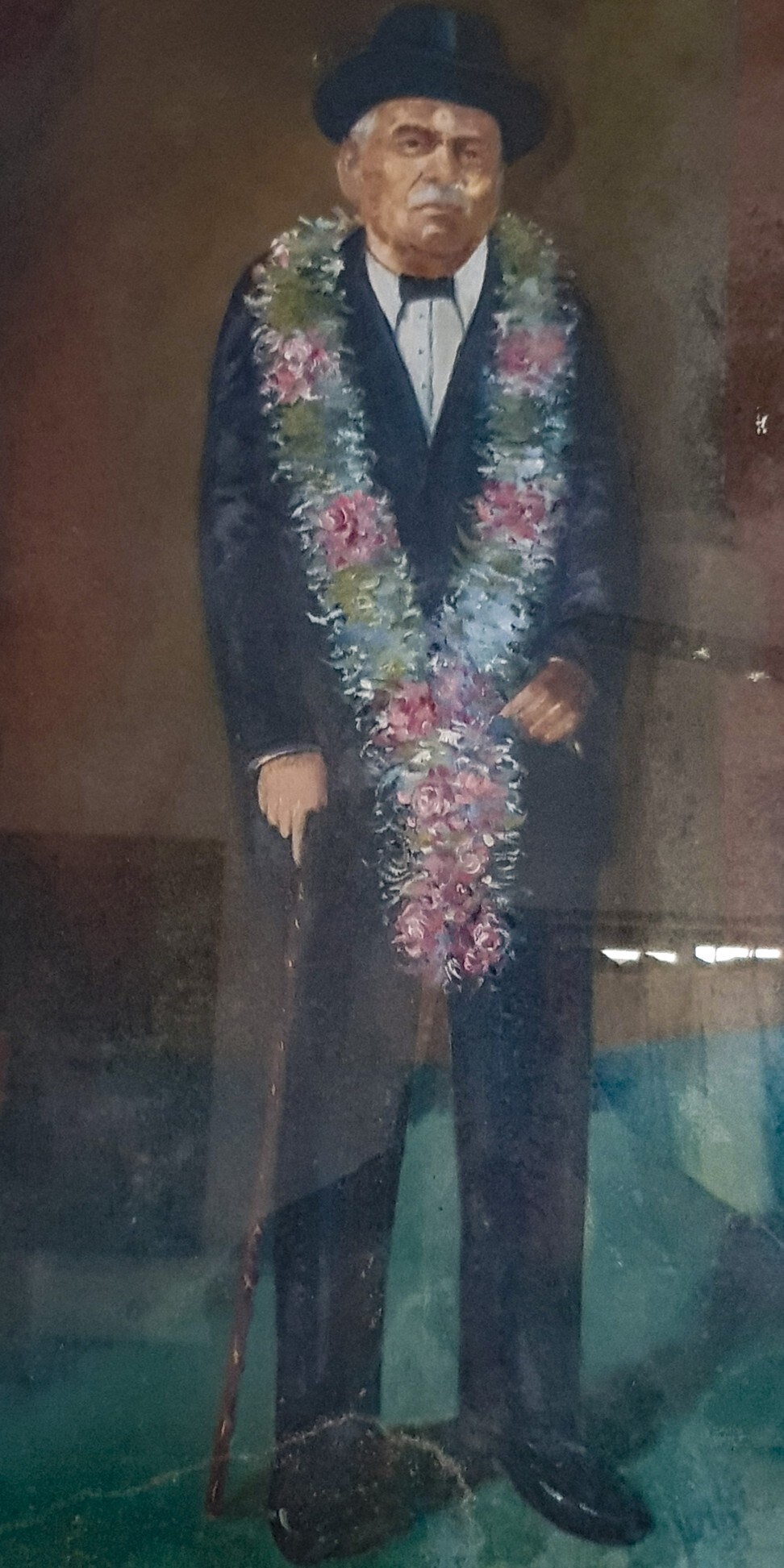
The most fervent mango lovers and patrons were the Mughal emperors, whose fondness for the fruit is legendary.
The Ain-e-Akbari, a history of the reign of Akbar the Great (1556-1605), lists the quality of different varieties of mangoes.
Dara Shikoh (1615-1659), the eldest son of Emperor Shah Jahan – who built the Taj Mahal – was a keen horticulturist. He compiled a text known as Nuskha Dar Fanni Falahat (The Art of Agriculture), which includes details on the grafting of mango trees in the royal orchards.
His father was also not one to take mangoes lightly. According to one story, Shah Jahan had his third son Aurangzeb, who later succeeded him as emperor, placed under house arrest to punish him for hoarding mangoes.
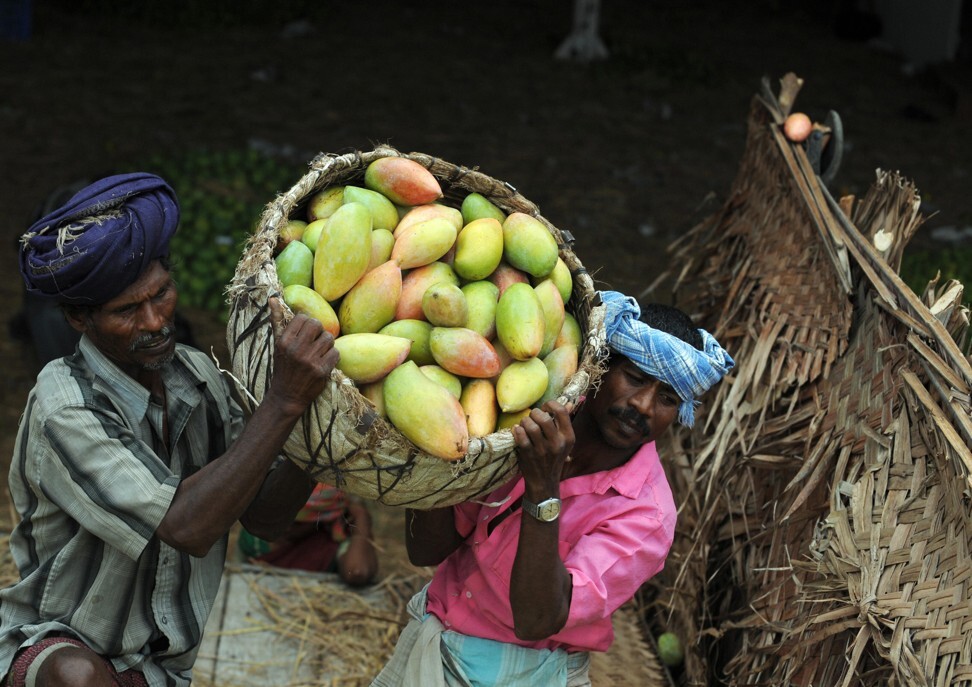
Mughal patronage of horticulture led to the grafting of thousands of mango varieties, including the famous Totapuri, which was the first variety to be exported to Iran and Central Asia.
“Totapuri is yellowish-green in colour and means ‘parrot face’ in Hindi,” Srivastav says. “The mango looks like a parrot’s beak. A mango orchard of 100,000 trees planted in the regime of the Emperor Akbar in Darbhanga [in the Indian state of Bihar] is an example of [the emperors’] fondness for this fascinating fruit. Totatpuri and Malgoa were imported to Florida in the early 1900s and are the parents of several Florida mango cultivars like Haden, Keitt and Kent.”
Another famous variety, the golden Chausa, was introduced by Sher Shah Suri, who defeated and supplanted the Mughal emperors after his victory over Emperor Humayun in the battle at Chausa, Bihar (though Mughal rule would be restored 15 years later).
Small and golden-yellow when ripe, the Chausa has a rich aroma and a sweet, fleshy, juicy pulp that can be easily sucked. Originally grown in Multan and Sindh, in present-day Pakistan, it is favoured across the subcontinent.
“Sher Shah Suri introduced this mango to India and gave it the name Chausa to commemorate his victory over Humayun,” says 65-year-old Ashima Singh, who owns orchards spread over 60 hectares near Lucknow in the Indian state of Uttar Pradesh.

Malihabad, near Lucknow, is the mango capital of India and is known for the bright yellow Dussehri variety, which gets its name from a nearby village, where it originated in the 18th century.
“It is believed to have been cultivated first in the garden of a nawab [viceroy] in Lucknow, and the 300-year-old mother tree of this mango still exists,” Singh says. “Dussehris are famous for their sweet taste, a strong aroma and their long shape.”
Singh explains that mango trees bear fruit four to six years after planting and it takes about four months for a mango to mature on the tree.
“The fruit is harvested once a year, by hand. We decide when to harvest the fruit after judging its shape, colour and firmness of the flesh.”
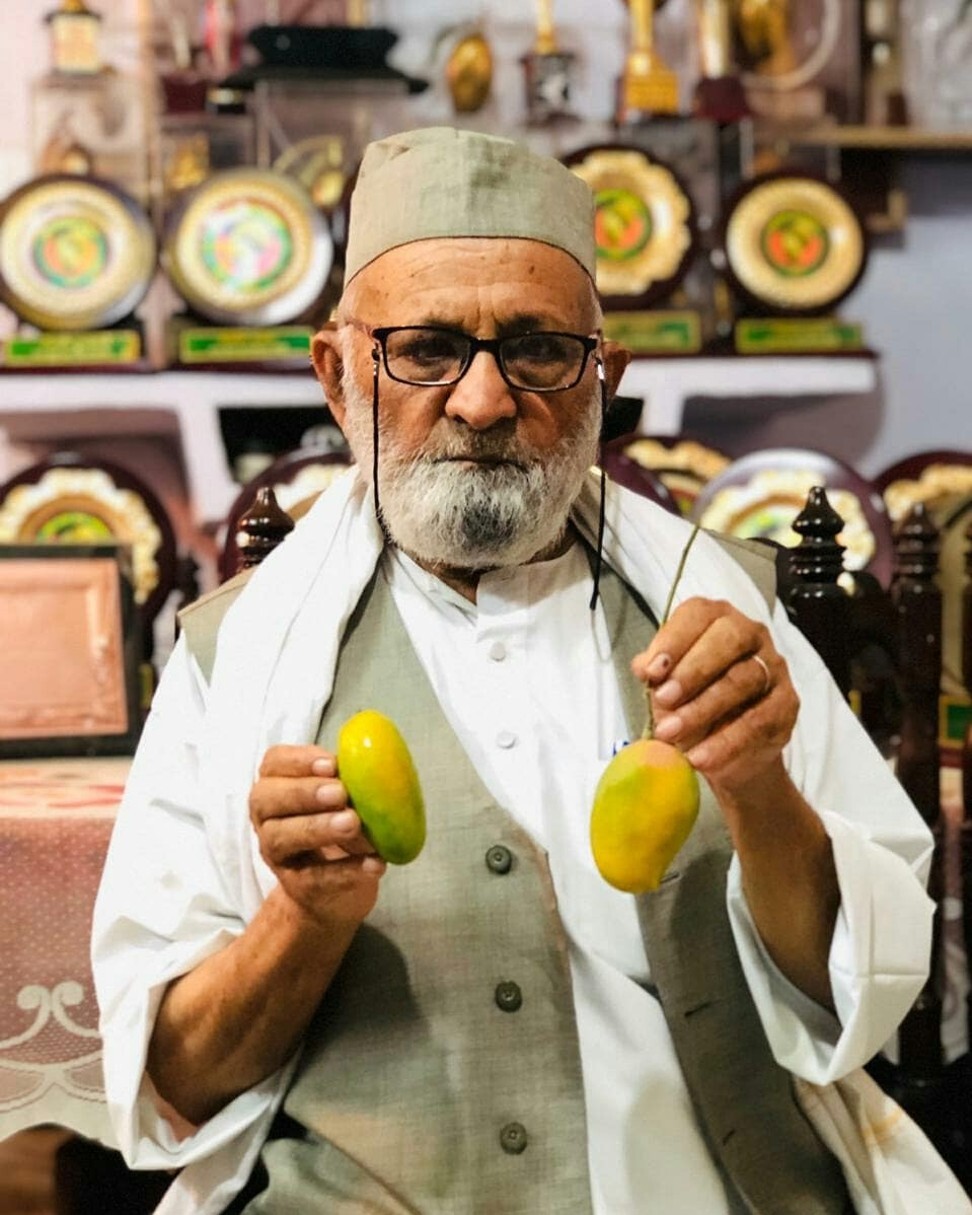
Malihabad is also home to renowned mango farmer and horticulturist Haji Kaleem Ullah Khan, who breeds many varieties of the fruit.
“I dropped out of school in grade seven and joined my family’s farming business,” the now 80-year-old says.
He has grown more than 300 different varieties of mangoes on a single tree, using grafting techniques.
“My fascination with mango grafting began when, as a child, I heard about crossbred roses,” he says.
Khan has been growing mangoes for the past 60 years in his orchard. He has created many new varieties and named some of them after famous Indian personalities. One is the Sachin, named after the cricket player Sachin Tendulkar, while another is Namo, in honour of incumbent Indian prime minister Narendra Modi.

The legendary Urdu poet and mango connoisseur Mirza Ghalib (1797-1869) summed up the allure of the mango in a poem titled Dar sifat-e-ambaah (On the attributes of mangoes): “Perhaps from the great heights above / The gardeners of heaven’s own orchards / On orders of the Almighty, have sent down to us / Delicious wine filled in a sealed glass.”
Asked what he liked most about the fruit, the poet said: “Mangoes need have just two qualities: they must be sweet and available in plenty.”